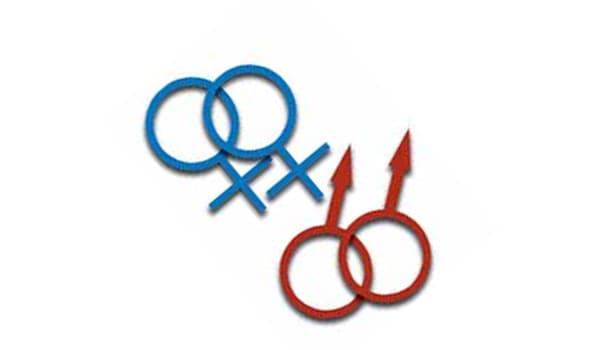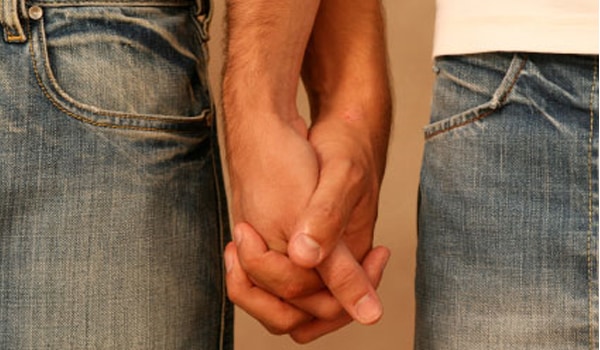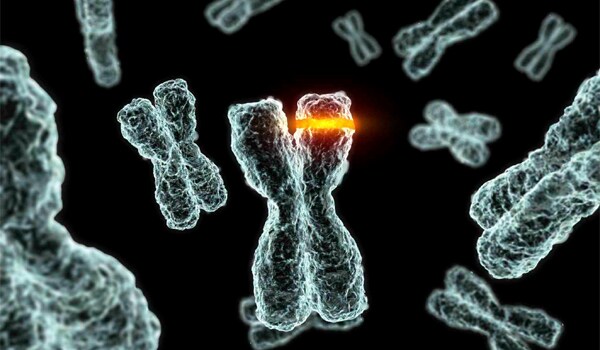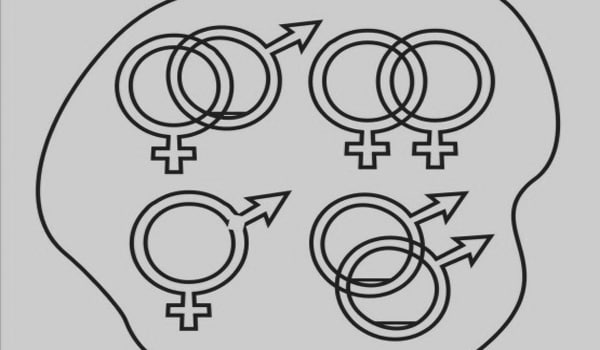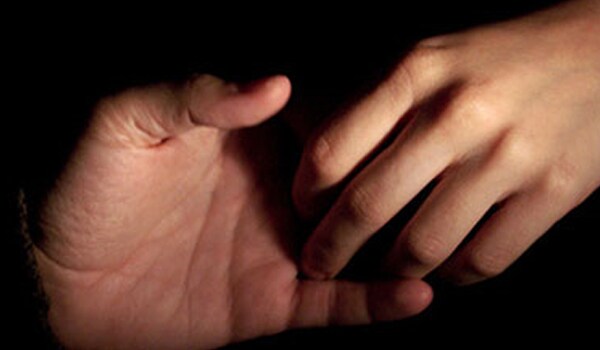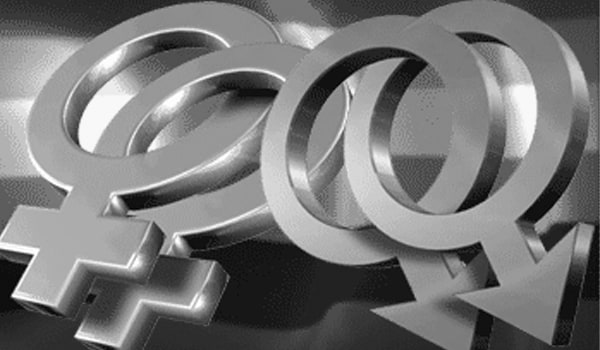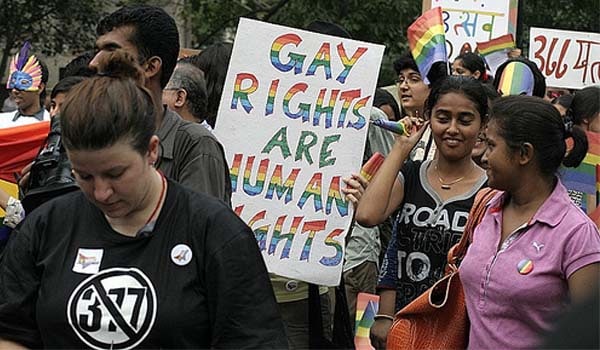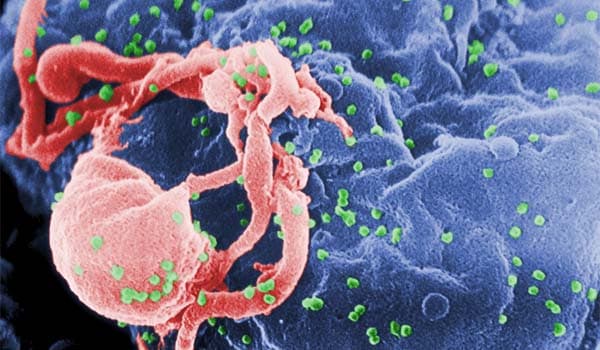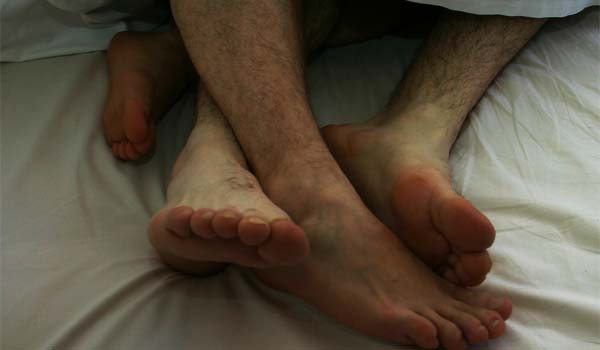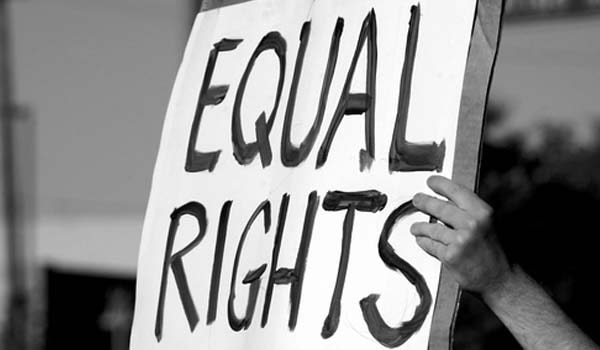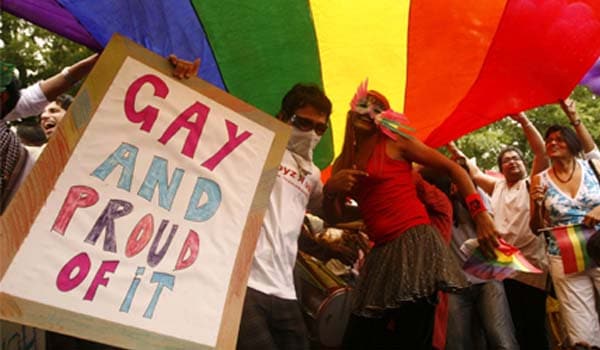Health Photos
-
Sexual orientation is a component of adult sexuality characterised by attraction towards members of a particular gender. Homosexuality is a sexual preference wherein a person feels sexually attracted to another person of the same sex. It is not a sexual perversion, nor is it a disease. Just like most people are attracted to members of the opposite sex and are called heterosexuals, a minority is attracted to members of the same sex and are called homosexuals.
-
In colloquial usage, a homosexual is also called 'gay'. 'Lesbian' is a specific term for homosexual women while homosexual men are usually called gay. Homosexuals experience similar feelings of love, attraction and romance like heterosexual individuals, the difference being that the feelings are felt towards a same-sex person.
-
All individuals have basic sexual rights which should not be violated. Some of them are:
- Freedom of sexual thought, fantasy or desire.
- Right to sexual entertainment.
- Right NOT to be exposed to sexual material or behaviour.
- Right to engage in consensual sexual activity.
-
The exact nature of the development of sexual orientation and preferences is still not known. It is not clear whether sexual preferences result from genetic causes or are moulded by the environment in which a child grows up. Though some research studies have suggested that homosexuality is genetic and is present at birth, there is no conclusive evidence to prove it. Studies conducted on twins have shown that if one of the twins is homosexual, there is a more than 50% chance that the other twin will also be gay. Some studies have also shown that there is a difference in the brains of homosexuals and heterosexuals.
-
There have been other studies to prove that homosexuality develops as a result of complex interactions between a child's social, psychological and physiological environment. The realisation whether an individual is homosexual or not, usually dawns after puberty. Just like heterosexuality, homosexuality is also an alternative way of life.
-
Homosexuality, historically had been considered a sin and a sexual abnormality. Till the 1970's it was considered a mental aberration and homosexuals were shunned in public life. Thus most homosexuals were afraid to reveal their sexual preference and were called 'closet homosexuals'. In 1973, the American Psychiatric Association removed homosexuality from the list of mental disorders.
Homophobia is the hatred or disgust that some people feel towards homosexuals. Homophobics refuse to be associated with homosexuals and have very rigid negative feelings for them. Homosexuals on the other hand may harbour anger towards heterosexuals for marginalizing them. -
Homosexuals are not different human beings and do not have feelings any different from heterosexuals. However, since they are in a minority, they may develop a low self esteem because of the constant shunning by society. Most homosexuals in India, have still not been able to come out in the open with their sexuality because of the fear of societal censure. A long period of forced secretiveness about their sexuality may also have a negative impact on their psyche. Some gay men and lesbians may start dressing differently in order to make a statement to those around them, but this is most often a defence mechanism. When in a relationship, homosexuals are known to experience the same feelings as heterosexuals.
-
Homosexuality is not a deviation, it is an alternate sexual lifestyle. Just like heterosexuality is a way of life, so is homosexuality.
-
This is not true. Most homosexuals dress, walk, talk and live like regular people. Any masculinity or feminity are individual personality traits and have nothing to do with one's sexual preference.
-
Since most homosexuals lead sexually repressed lives, they may be more prone to expressing themselves by means of art and music. However, there is no scientific proof that homosexuals are more artistic than others.
-
Though not promiscuous per se, homosexuals may go through a period of promiscuity in an effort to assert their sexuality. However, once they realise their sexual orientation, homosexuals are faithful and monogamous with their partners, like heterosexuals.
-
Significantly toning down the Section 377 of the Indian Penal Code, the Delhi High Court ruled that the law outlawing homosexual acts was discriminatory and a "violation of fundamental rights". This brings the total number of countries that criminalise homosexuality down to 84. The punishment for homosexuality varies in countries from imprisonment, fines, public humiliation and even death penalty.
-
Scientific studies have proved that sexual orientation is due to genetic factors, and is determined by the age five or six years. Therefore, it is unlikely that an increase in the incidence of homosexuality will occur as a consequence of its decriminalisation. In fact, decriminalisation works towards removing the stigma associated with homosexuality and may have positive repercussions on relationships between homosexuals and their families. It may thus promote acceptance of homosexuals by their families, which will help strengthening the family ties.
-
Laws regulating and/or penalising homosexual activity impede public health programs promoting safer sex to prevent HIV transmission by driving underground many people at risk of infection.
The criminal status of homosexual acts deters gay men from going to doctors, hospitals and other health services for testing, advice and treatment, as they believe they may be exposing themselves to the risk of prosecution if they do so.
The key to the prevention of HIV/AIDS is not criminalising homosexuality, but education of the groups, which are likely to be the most affected. Effective strategies for AIDS prevention and minimal transmission can only occur if there is a free flow of information between doctors and their target groups. As long as the anti-homosexual laws remain on the books, this will not be possible. Legislation against homosexuality hampers access to health education and services. -
Homosexuality is one of the three main categories of sexual orientation, along with bisexuality and heterosexuality. As an orientation, homosexuality refers to an enduring pattern of or disposition to experience sexual, affectional, or romantic attractions primarily to people of the same sex, whereas, sexual perversion is non-consensual unnatural sex. Also, homosexuality is not a disease or an illness to be treated. It's a sexual orientation just like heterosexuality.
-
Homosexuals have been subject to discriminatory employment practices such as bias in hiring, promotion, job assignment, termination, and compensation, and various types of harassment. This needs to be stopped to make sure equality prevails everywhere.
-
Hate crimes, also know as bias crimes are the crimes motivated by bias against an identifiable social group, usually groups defined by race, religion, sexual orientation, disability, ethnicity, nationality, age, gender, gender identity, or political affiliation. It is important motivated violence or intimidation against homosexuals is put to an end.
-
This is the most important step for eradicating discrimination against homosexuals. People should be made to know that sexual orientation is the result of a complex interaction of environmental, cognitive and biological factors. In most people, sexual orientation is shaped at an early age. There is also considerable recent evidence to suggest that biology, including genetic or inborn hormonal factors, play a significant role in a person's sexuality. It's also important to recognise that there are probably many reasons for a person's sexual orientation, and the reasons may be different for different. So, homosexuality is not something unnatural or undesirable. It is as natural as heterosexuality and thus, must be given the same status and respect.


